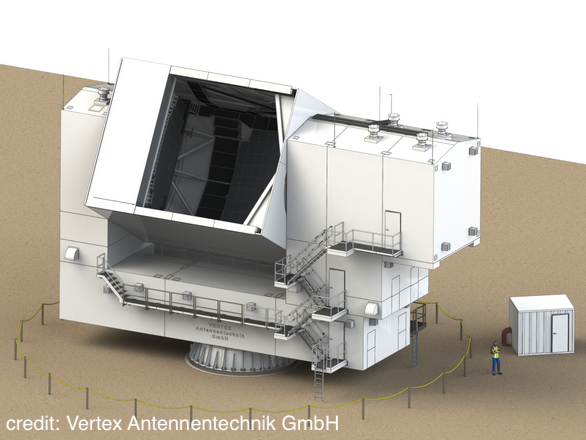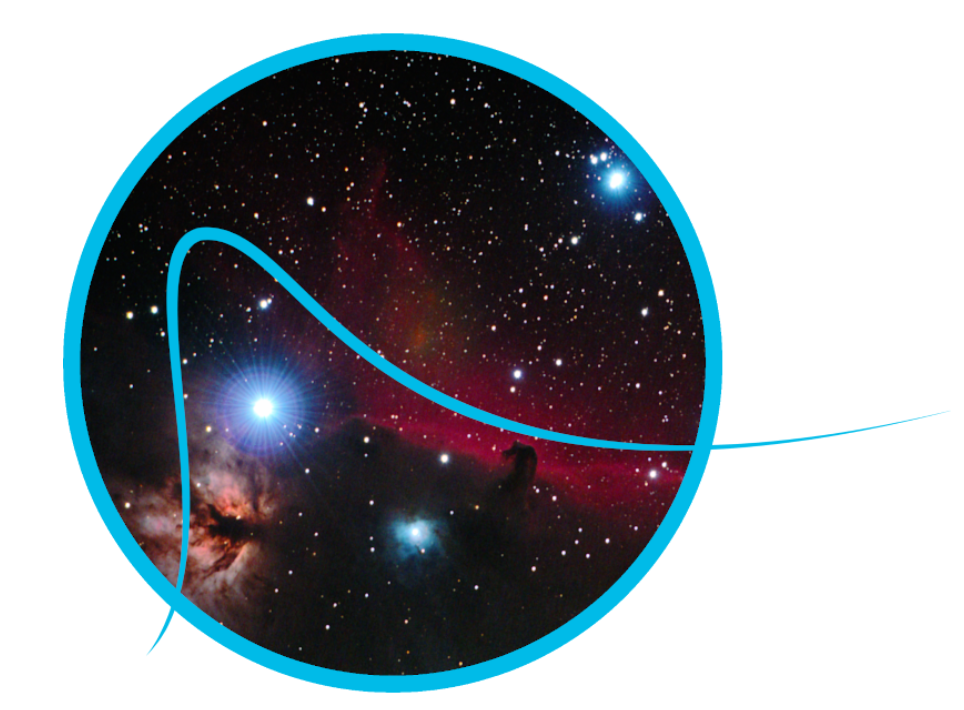Research & Projects
1.) Physics and Chemistry of the Molecular Gas & Star Formation in Nearby Galaxies
- The EMPIRE survey of dense gas
The "EMIR Multiline Probe of the ISM Regulating Galaxy Evolution" (EMPIRE) survey is the first wide-area multi-line mapping survey targeting tracers of dense gas across the entire molecular disks of 9 nearby star-forming galaxies.
Using the IRAM-30m telescope, EMPIRE provides, for the first time, resolved (1-2kpc resolution) maps of a suite of density-sensitive transitions in the 3mm atmospheric window, including HCN (1-0), HCO+ (1-0), and HNC (1-0).
More under EMPIRE
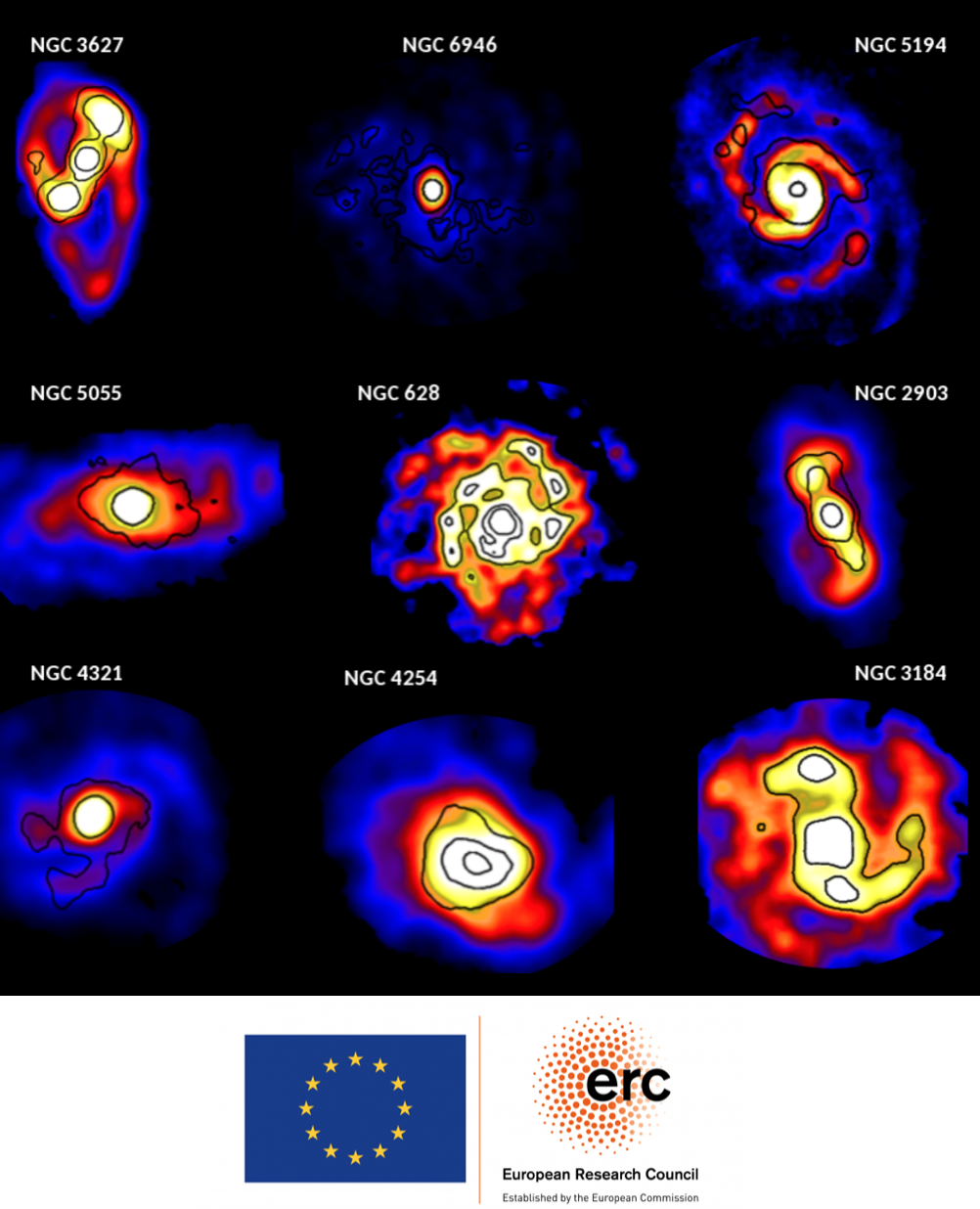
- PHANGS
The PHANGS (Physics at High Angular Resolution in Nearby GalaxieS) survey is making high-resolution observations of nearby galaxies with several telescopes, including ALMA, Hubble, and the VLT. We aim to understand the interplay of the small-scale physics of gas and star formation with galactic structure and galaxy evolution. Observations of nearby galaxies will be utilized to understand how physics at or near the “cloud” scale are affected by galaxy-scale conditions, how they affect still smaller-scale processes, and how these influence the evolution of whole galaxies.
ALMA PHANGS from NRAO Outreach on Vimeo.
More under: PHANGS
- CLAWS
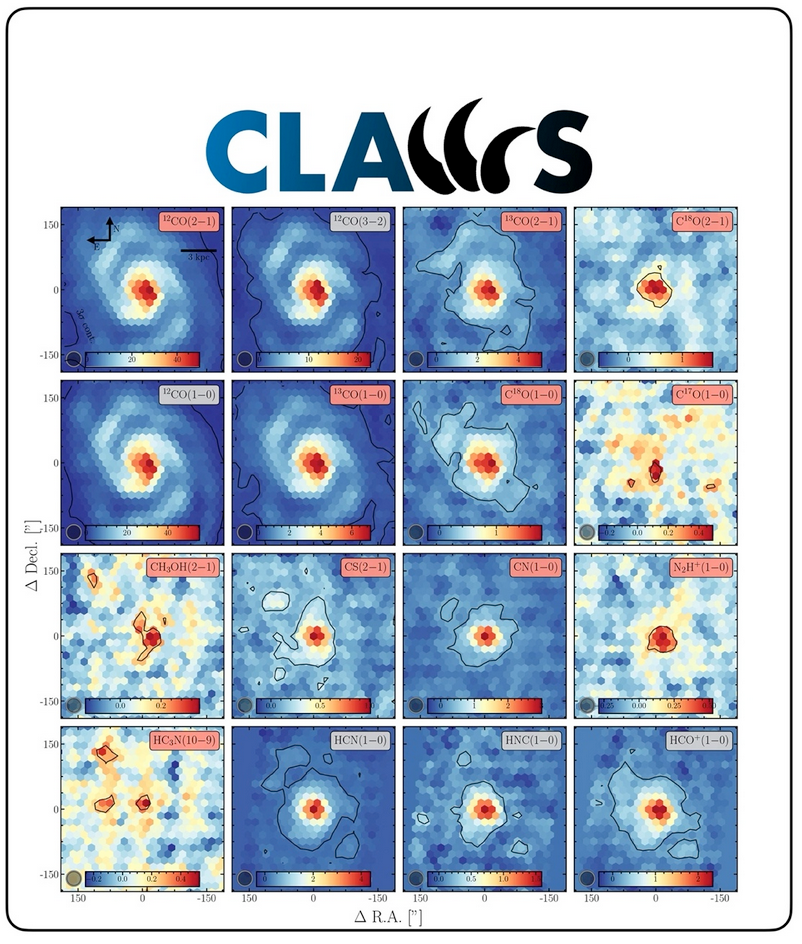
The CO Line Atlas within the Whirpool galaxy Survey (CLAWS) using the EMIR receiver of the IRAM-30m telescope, provides a benchmark study of numerous CO isotopologues in the mm-regime.
More than 170 hours of observations towards the entire disk of M51 (Whirlpool galaxy) results in unprecedented data and possibilities to study CO isotopologue line ratios.
More under IRAM
- CENTER OF THE FIREWORKS GALAXY, NGC6946
This project is focusing on the central regions of the Fireworks Galaxy and investigates the influence of different phases of the Interstellar Medium (ISM) on star formation within the nucleus of a galaxy.
With one of the most comprehensive high resolution (2 - 4”) molecular line data set in the mm-regime for a nearby galaxy nucleus obtained with the Plateau de Bure Interferometer (PdBI), we are able to study the full spectrum of the ISM: namely bulk molecular gas, dense gas, shocks, and their relation to star formation.

- MHONGOOSE
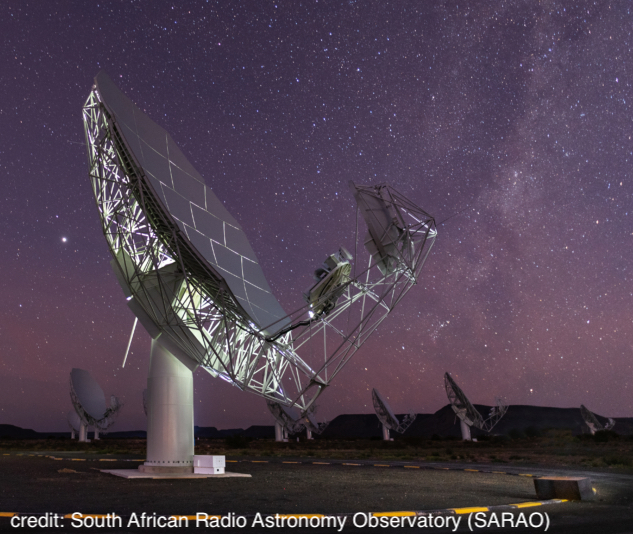
MHONGOOSE ("MeerKAT Observations of Nearby Galactic Objects - Observing Southern Emitters") is a MeerKAT Large Survey Project to do extremely sensitive observations of the neutral hydrogen distribution in a sample of 30 nearby galaxies within 20 Mpc.
More info: link
- WALLABY
WALLABY is the "Australian Square Kilometre Array Pathfinder (ASKAP) HI All-Sky Survey", a precursor for future, much deeper SKA Phase 1 & Phase 2 neutral hydrogen surveys. The aim of WALLABY is to observe three-quarters of the whole sky in the 21-cm line of neutral hydrogen (or HI) at 30-arcsec resolution, thereby detecting and imaging the gas distribution in hundreds of thousands of external galaxies in the local Universe.
More info: link

2.) Local view: Milky Way
- LEGO
Molecular line emission has long been used to probe properties of molecular clouds within the Milky Way, and now with the advent of the current generation of (sub)mm-telescopes they are also quickly becoming major tools for the study of extragalactic systems. However, we need to develop a detailed understanding of the emission properties from commonly observed molecules --- HCN, HCO+, N2H+ --- within Milky Way molecular clouds before we can begin to fully exploit extragalactic line emission. With this in mind, the “Line Emission to assess Galaxy Observations” project (LEGO) aims at developing a first comprehensive picture of how 3mm-band emission lines in Milky Way molecular clouds depend on factors like cloud density, star formation feedback, galactic environment, and metallicity.

3.) Modeling
- DENSE GAS TOOLBOX
The Dense Gas Toolbox (DGT) takes observed molecular line intensities as input and minimizes the line ratios against radiative transfer models in order to derive the mean (mass-weighted) density and temperature of the gas. The models assume an isothermal gas with an underlying density distribution (lognormal or lognormal+power law). Calculations of the molecular emissivity per density bin are based upon RADEX, which comprises molecular data from the Leiden Atomic and Molecular Database. The escape probabilities are calculated using the LVG method (spherical expansion). Molecular abundances and line optical depths that are used by DGT are calibrated through observations of the EMPIRE survey, i.e. the deepest extragalactic survey of dense gas tracers (HCN, HNC, HCO+) to date, through which nine nearby disk galaxies were mapped out to radii of ~10kpc.
4.) Telescopes
- FYST / CCAT PRIME
The Fred Young Submillimeter Telescope (FYST) will be a 6-meter (20 feet) diameter telescope designed to operate at submillimeter to millimeter wavelengths and located at an exceptional site at 5600 meters (18,400 feet) on Cerro Chajnantor overlooking the ALMA array. Our group is involved in high-frequency, sub-mm wave studies of molecular and atomic spectral lines to probe highly excited lines, e.g. from the CO molecule, or base transitions from neutral carbon across local galaxies.
More info: link
